
How To: Use articles "a" and "the" when speaking English
Use articles "a" and "the" when speaking the English language. This video is great for advanced, intermediate, and beginner learning to speak the English as a second language (ESL).


Use articles "a" and "the" when speaking the English language. This video is great for advanced, intermediate, and beginner learning to speak the English as a second language (ESL).

Learn to speak English by understanding how adverbs work in different scenarios. Perfect for beginners, intermediate and advanced students, these video lessons are as good as having an English teacher in your pocket!
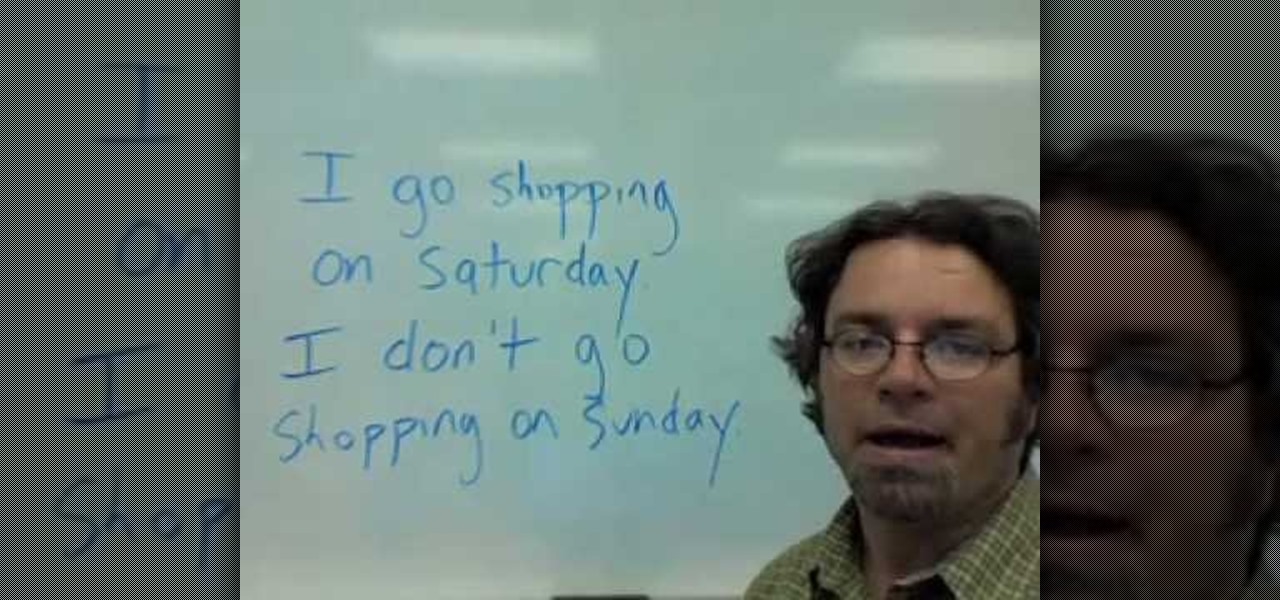
Learning proper American English usage is a challenge, but fortunately this video is here to explain the usage of one common phrase to the non-native English learner. That phrase, one near and dear to the hearts of Americans, is "go shopping". This simple instructional video point out common mistakes that English learners make and shows how to use the phrase correctly in context.
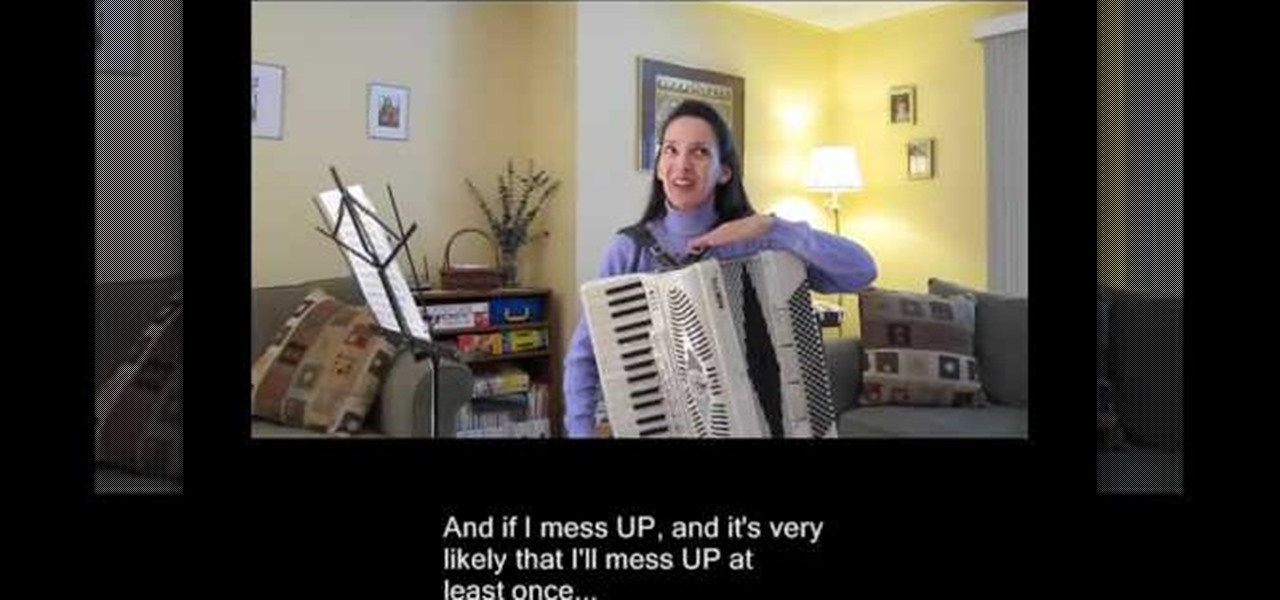
This instructional video provides insight into the English language to teach people who are learning to speak English how to pronounce phrasal verbs. A phrasal verb is a verb + a particle, such as "drive up", "end up", and "drive back". The video shows viewers how these phrasal verbs are used in a sentence as well as what these phrases mean. In terms of pronunciation, there are three basic patterns which are discussed to show where the words are stressed in the context of a sentence which are...
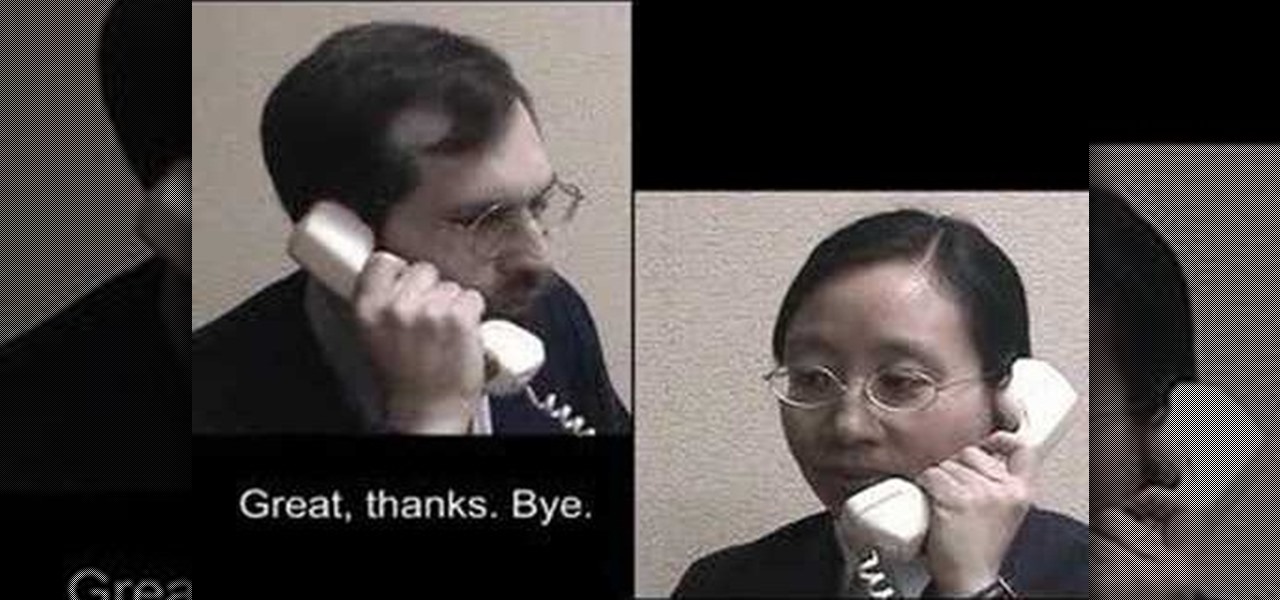
Check out this instructional language video to learn how to take a telephone message at the office. "Telephone Talk" is a series of four short videos that deal with common English telephone situations at Fujikin. This is the second video in the series, and will show you how to take a message from an English-speaking caller.
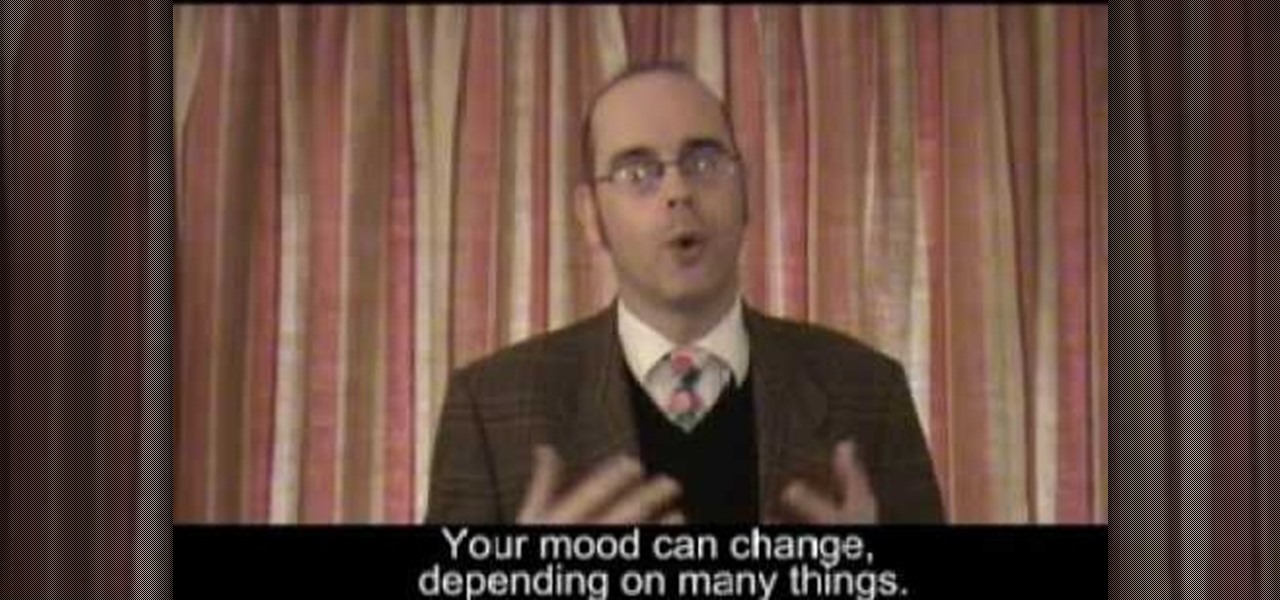
In this ESL how to video we look at your character and the English words that describe it. The way you act or the way you behave among other people is very important... at least it is to you! Learn how you can use positive and negative descriptive words to talk about yourself with this English tutorial.
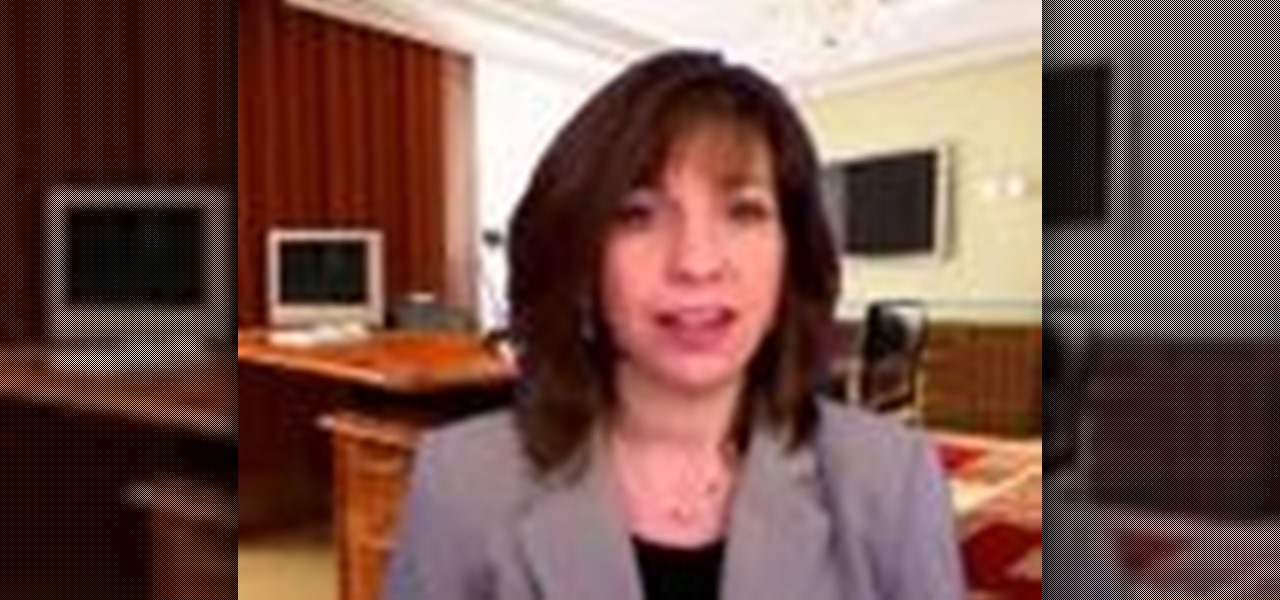
This video will teach you the 3 different pronunciations of the past tense -ed. If you leave off this little ending, many of your native American English speakers will seriously be lost! This video is best for people learning to reduce their accent or students learning English as a second language (ESL).
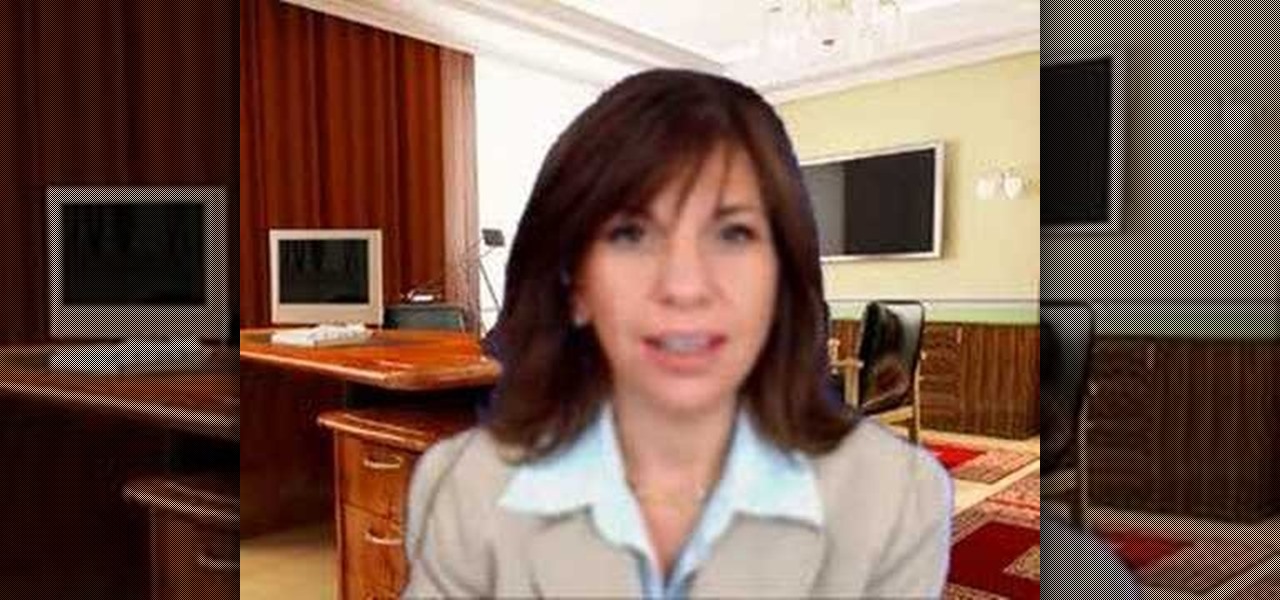
Trying to learn the English language? Then it's vital to start with the basics: the alphabet. Learning larger words won't be difficult once you understand how each letter of the alphabet is pronounced.

In this episode, Jennifer goes over the use of sports related expressions in the English language. This is great for advanced students learning English as a second language (ESL).
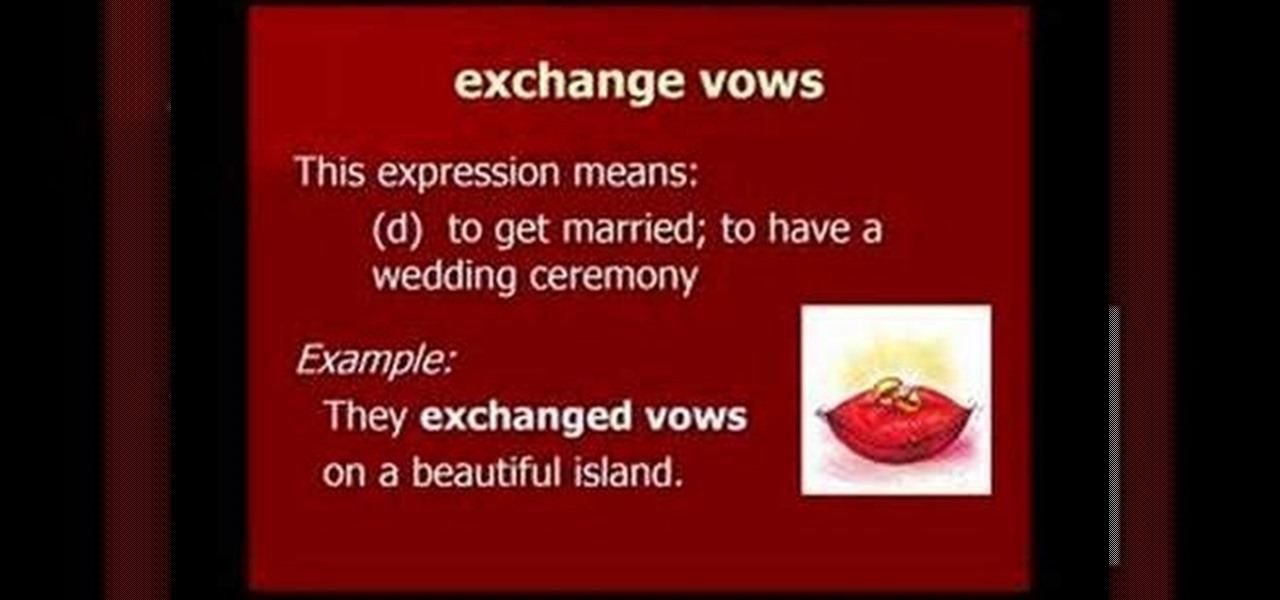
In this episode, Jennifer goes over phrases that relate to "love and marriage" in the English language. This is great for upper intermediate and advanced students learning English as a second language (ESL).
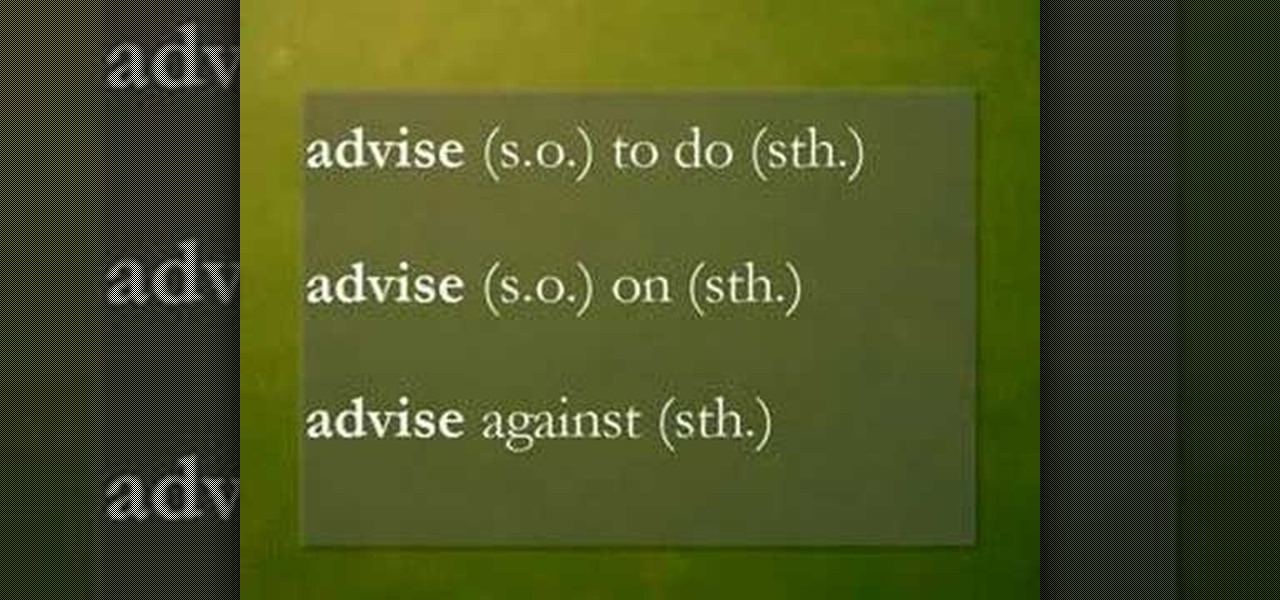
In this episode, Jennifer goes over how to use the common words "advise", "recommend", and "suggest" in the English language. This is great for all levels of students learning English as a second language (ESL).

This is a video tutorial in the Language category where you are going to learn how to pronounce "y" in English. It is an accent reduction and English pronunciation video. This video will help English as Second Language speakers to pronounce the difficult sound "y" like in "university". What some of the people can do is to turn it in to "ya". What most of the people can do is the sound of "e" like in "me". You can practice "e". if you say "e" quickly, you can turn it in to "eya" sound. Practic...
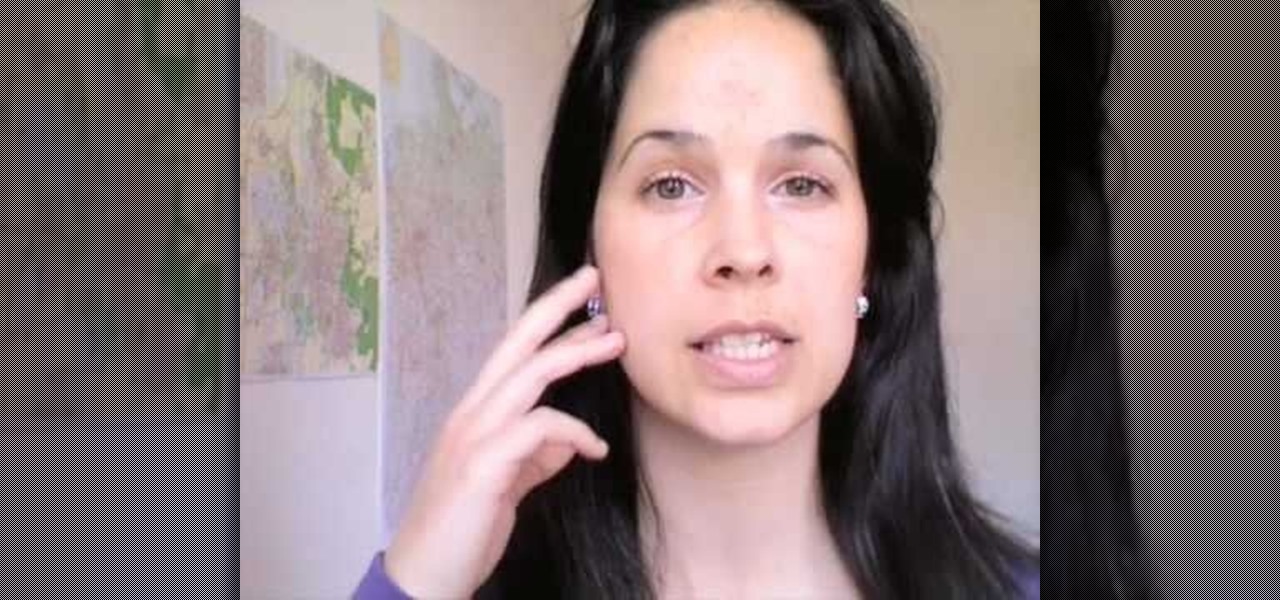
Learn how to pronounce the 'ng' sound in American English. This video provides a basic guide for pronunciations for ESL students.
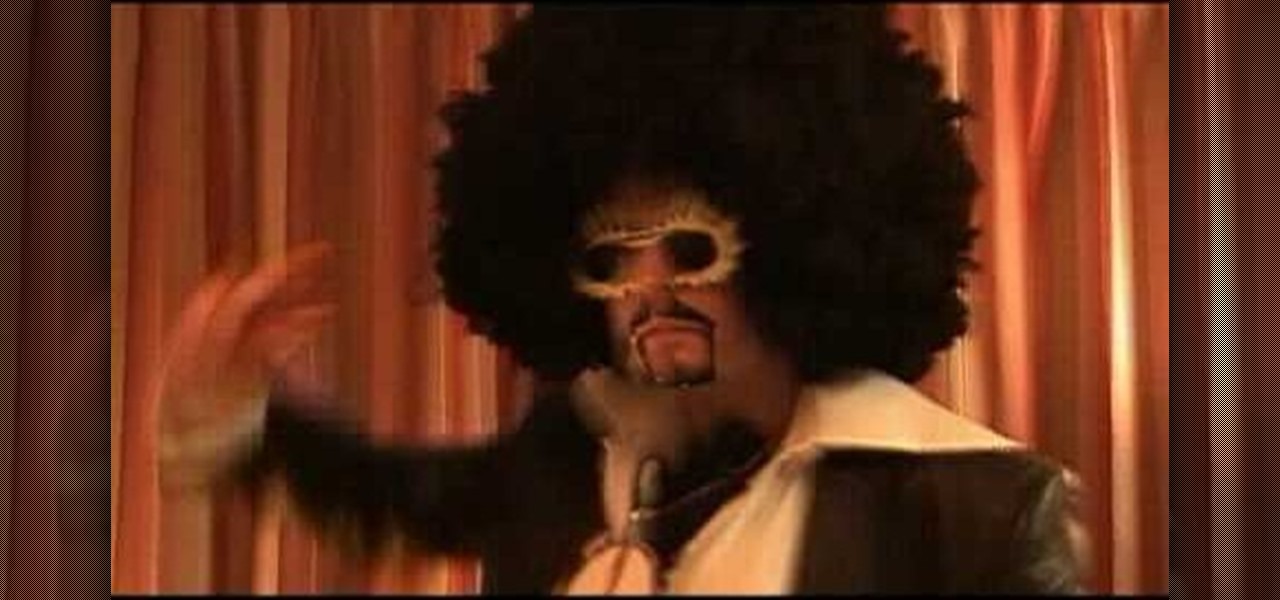
Fashion is always changing! Check out this English language tutorial to learn how to say words related to Fashion. This language lesson is perfect for ESL students or anyone looking to improve their fashion vocabulary. Fashion affects our lives much more than we realize. So watch this instructional English language video and improve your fashion vocabulary.
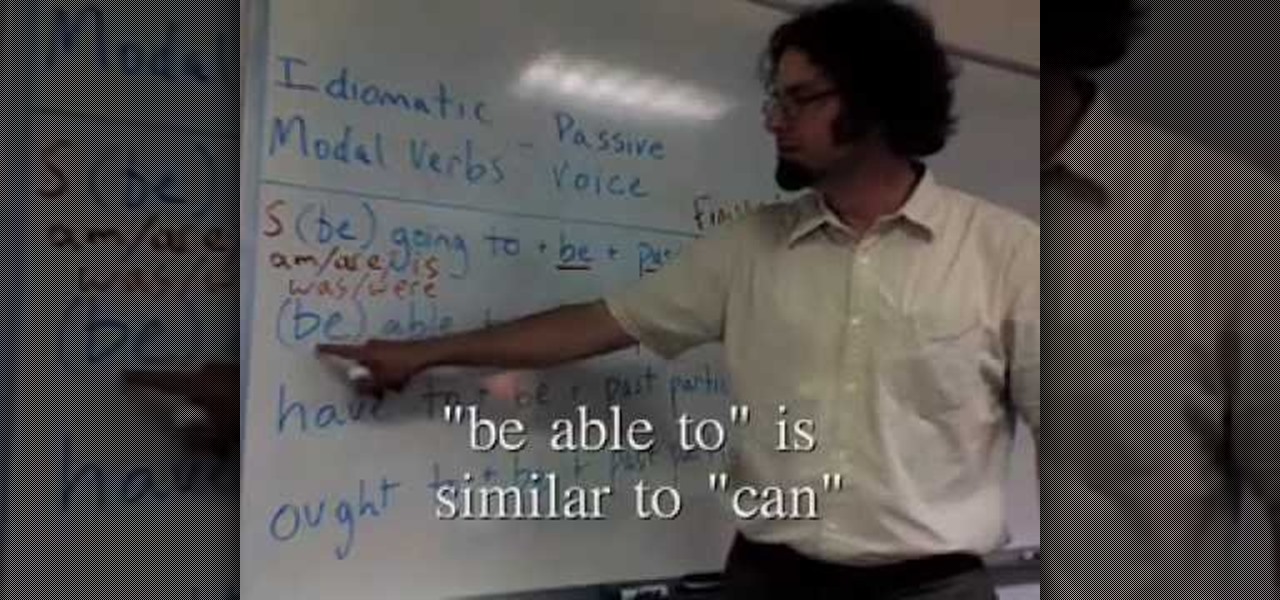
In this ESL lesson, an American English teachers shows you how to use "be going to," "be able to," "have to," and "ought to" in the passive voice. These are examples of idiomatic modal verbs in the passive voice. Watch this how to video and you will be speaking English in no time.

In this English language lesson we look at irony and ironic situations versus coincidence and coincidental situations. In English, irony and coincidence are often confused. This ESL tutorial teaches you how to correctly identify the difference between these two concepts.

In this English tutorial we look at fame and words connected with it. There are many words to describe a person who is famous or a "star." This ESL video lesson teaches you how to talk about well known people in the English language.
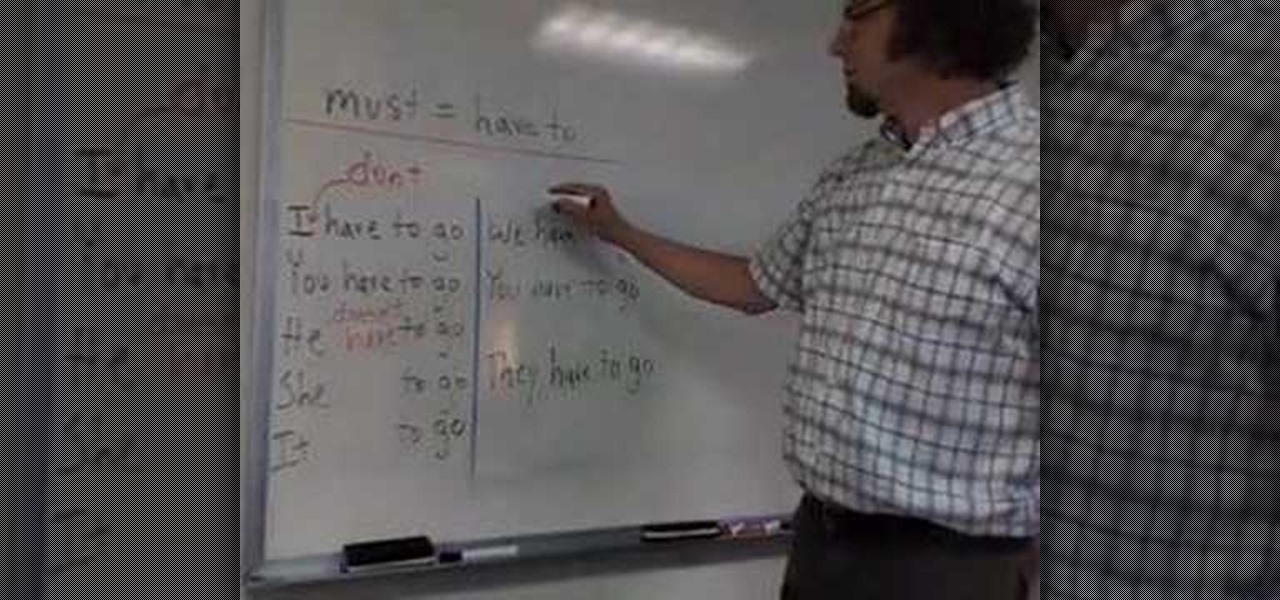
Learn how to use the modal verb "must" in English. The modal verb "must" is almost the same as using "have to," but often "have to" sounds better in spoken English.

Learn business English with Video Vocab. This episode introduces English vocabulary related to economics and the economy. This video is for ESL students who are at an intermediate to advanced level.
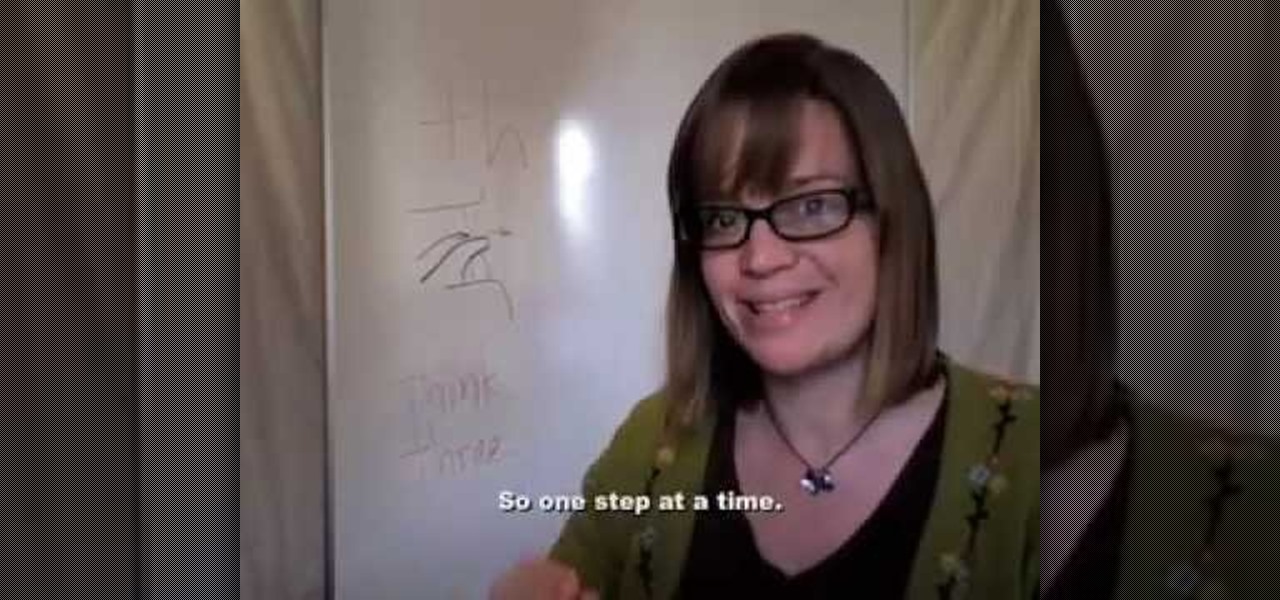
This video is to help non-native English speakers say words that use the voiceless "th" sound. This video is best for people learning to reduce their accent or students learning English as a second language (ESL).

In this two part episode, Jennifer uses nursery rhymes to develop a sense of rhythm in the English language. This is great for all levels of students learning English as a second language (ESL).
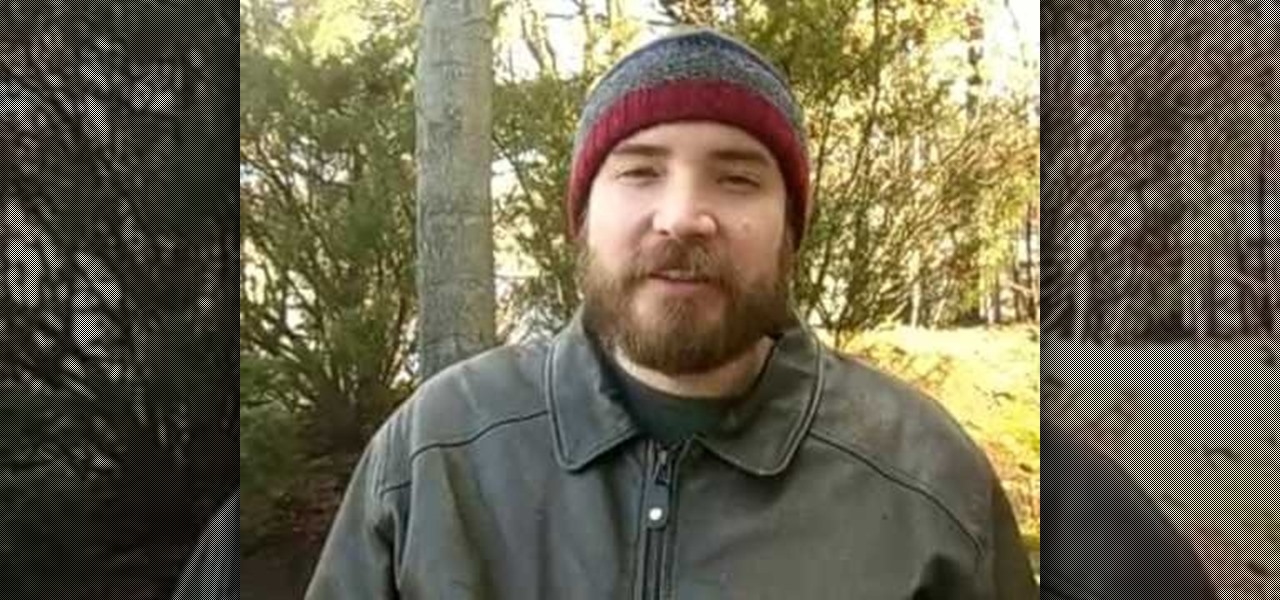
In this episode, Jennifer goes over the words "in" and "on" and how to use them. This is great for all levels of students learning English as a second language (ESL).
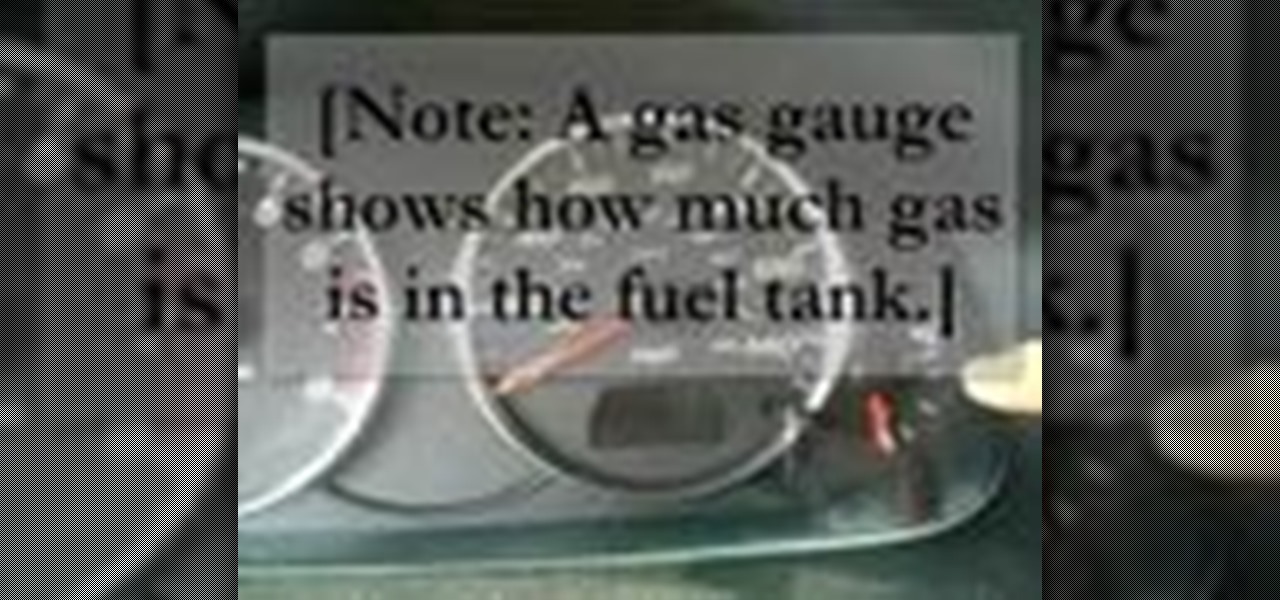
In this episode, Jennifer goes over the use of vocabulary that relates to driving in the English language. This is great for all levels of students learning English as a second language (ESL).

In this episode learn legal terms like "to sue" "to charge" This video is great for advanced, intermediate, and beginner learning to speak the English as a second language (ESL).
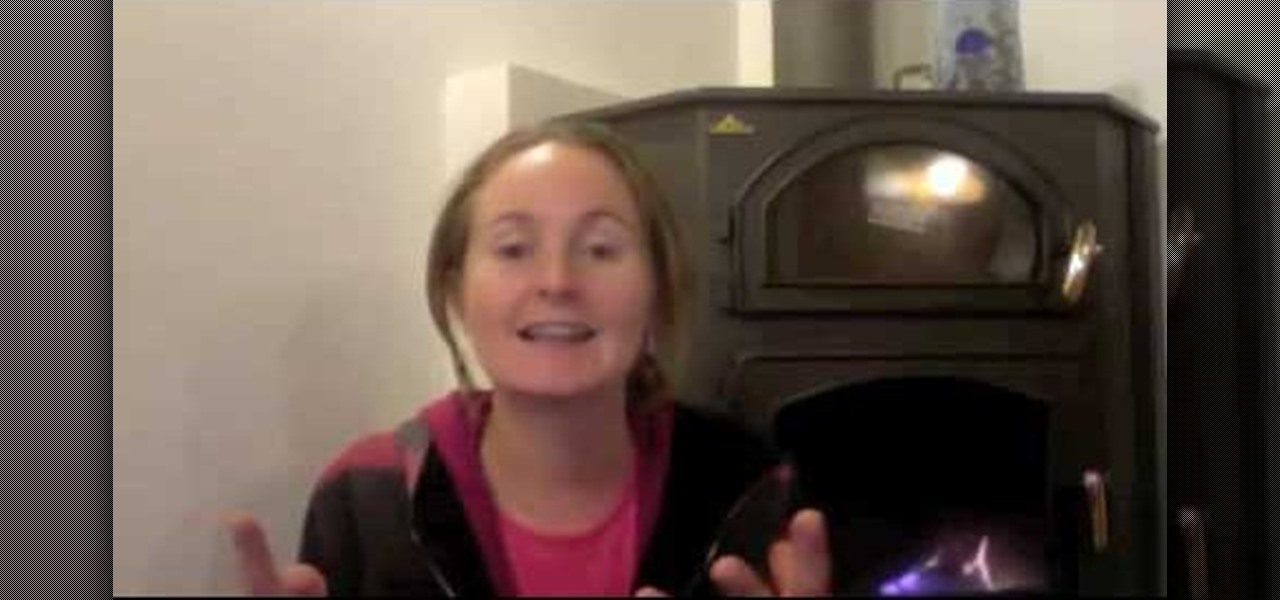
In this video from EnglishTeacherLive we learn some study tips on how to improve your English. 1.Don't be shy. Take every opportunity you can to learn English.
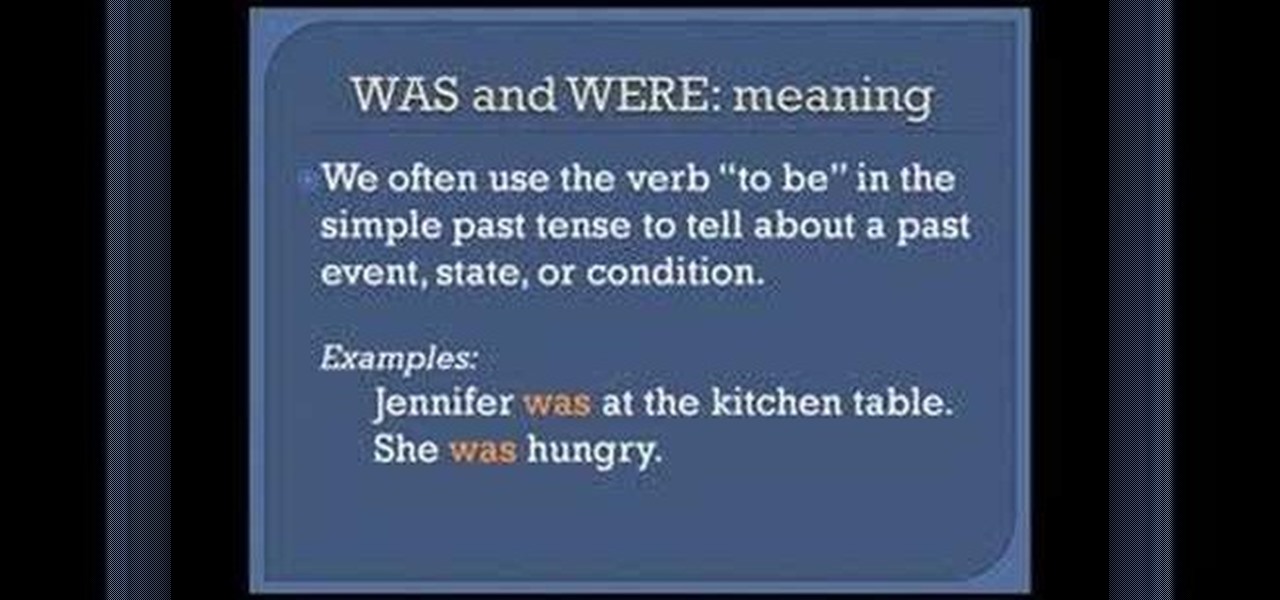
This three part language tutorial is a grammar lesson for lower level ESL students. Learn how to use the simple past tense with this tutorial. The past simple tense, also called the simple past is used for past actions that happened either at a specific time, which can either be given by a time phrase (yesterday, last year, etc.) or understood from the context. Regular Verbs add -ed to the base form, or -d if the verbs ends with -e. Irregular verbs can change in many different ways. Watch thi...
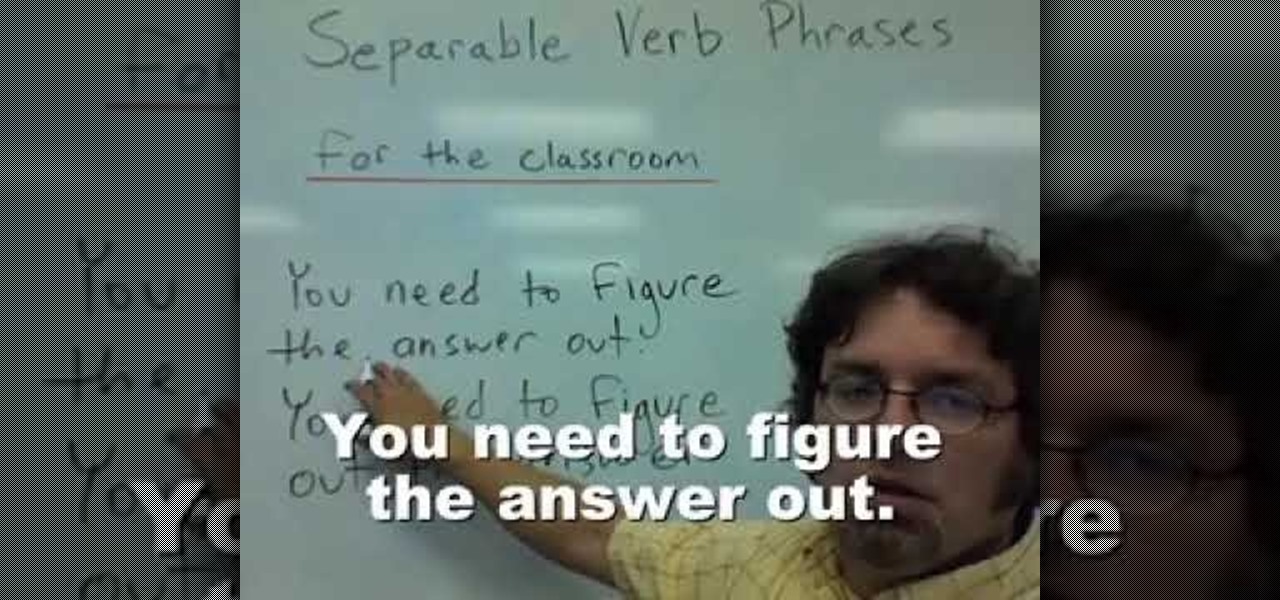
In this video, we learn how to use English separable verb phrases for the classroom. Some basic phrases that you will need to know are "hand in", which would be used in a sentence like "he needs to hand in the assignments" or "he needs to hand this assignments in on time". If you use a pronoun, you must separate the verb phrases or the sentence will not me grammatically correct. After you have this down, practice another sentence. For the sentence, "the teacher will hand out the tests", you w...
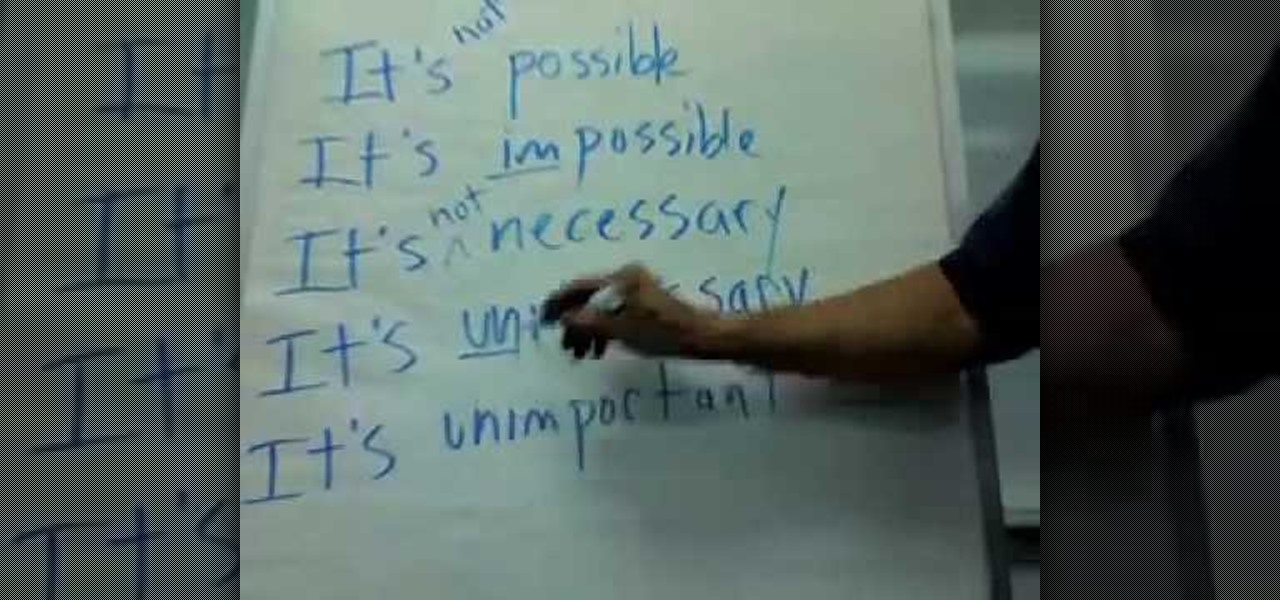
In this video, we learn how to use "It's + adjective + infinitive" in English. To form these sentences, you will use the pattern that is stated above. This is very common in the English language, and you can put whatever you want into the sentence as the infinitive. You can change this from "it's hard to do" to It's not hard to do" to "it's easy to do". You can also make something negative, by giving it the prefix "im", which would change "possible" to "impossible". You can also ad in "un" to...
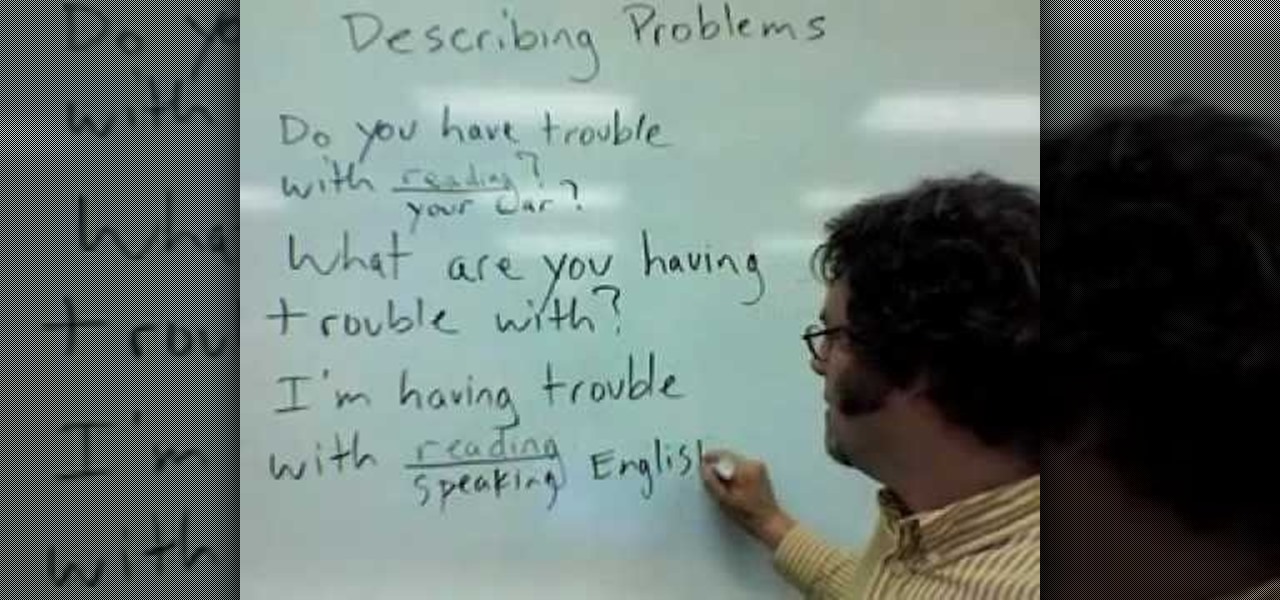
This video tutorial is in the Language category which will show you how to describe problems in English. When describing problems in English, many people use the word trouble. When you frame a question, you can frame it in the present or the present continuous tense. For example; what do you have trouble with or what are you having trouble with? Similarly, when you answer the question you can use the present or the present continuous tense. Examples of this are; I have trouble with my car or ...
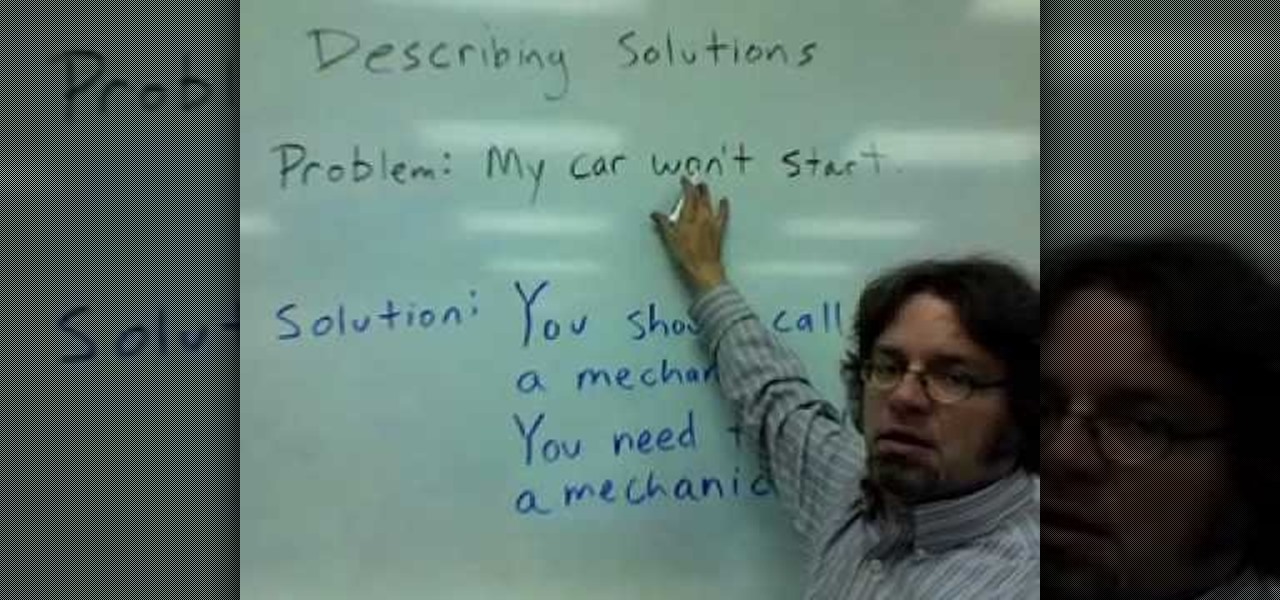
In this video, we practice describing solutions in English. For example, if the problem is that you have stomach problems, the solution is that you should go to the doctor. Should simply means a good idea or a recommendation. You could also say the solution is that you need to go to a doctor. For the next example, if your problem is that your car won't start, this means your car will not start. You could also say that your car does not start, which is a good way to describe the problem. For t...
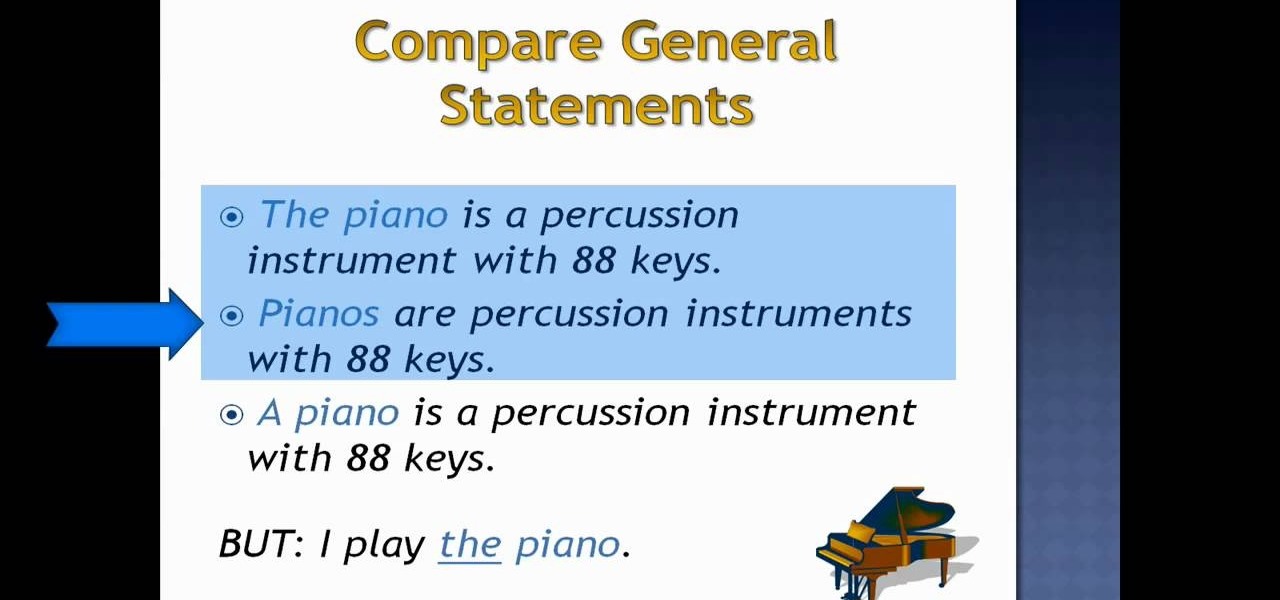
If you're trying to learn how to speak and understand the English language this video should help in one area: generic nouns. This is an easy subject that anybody can pick up on.

Paul, an English teacher, gives a lesson on the difference between the word "live" as a verb and as an adjective. To make to "v" sound when saying the word, the lower lip has to touch the teeth. "Live" as verb is an action, so you say "I live in Minneapolis". The singular form is "live," and the plural form is "lives". Live" as an adjective is a describing word, so you say "Live TV is fun". "Live"" as an adjective describes the subject of a sentence. "Live" as an adjective can mean something ...

In this episode you will learn how to pronounce questions correctly in the English language. This video is great for advanced, intermediate, and beginner learning to speak the English as a second language (ESL).

This episode goes over how to introduce yourself in the English language. This video is great for advanced, intermediate, and beginner learning to speak the English as a second language (ESL).

In this episode you will learn "yes and no" questions and how to make your voice go up at the end of those questions. This video is great for advanced, intermediate, and beginner learning to speak the English as a second language (ESL).
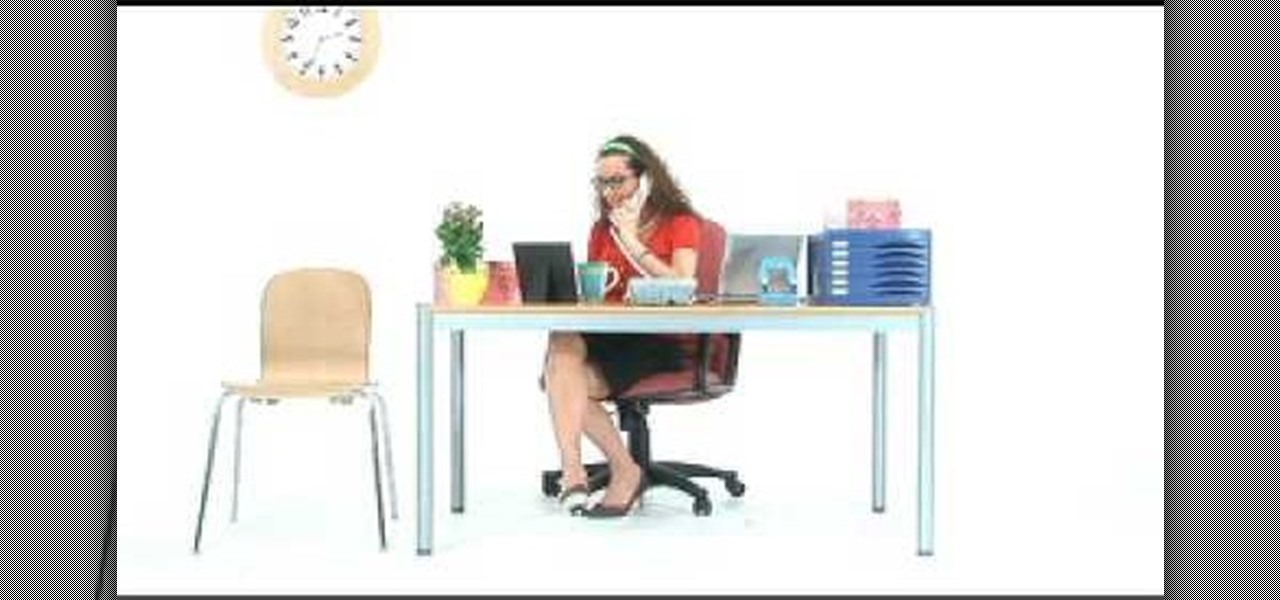
In this episode learn useful phrases to use on the phone. This video is great for advanced, intermediate, and beginner learning to speak the English as a second language (ESL).

In this episode you learn how to ask for the time. This video is great for advanced, intermediate, and beginner learning to speak the English as a second language (ESL).
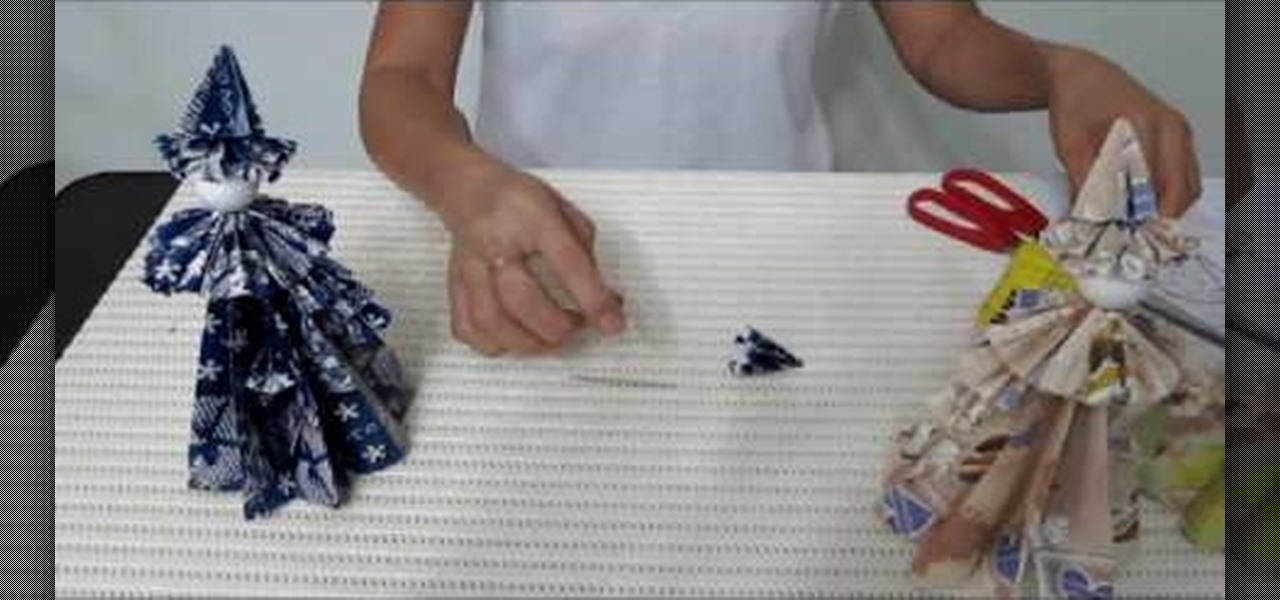
The English rose has traditionally been a beautiful young woman who glows with beauty and sensibility. Yet she is also very English and possesses a stylish and endearing quirkiness.
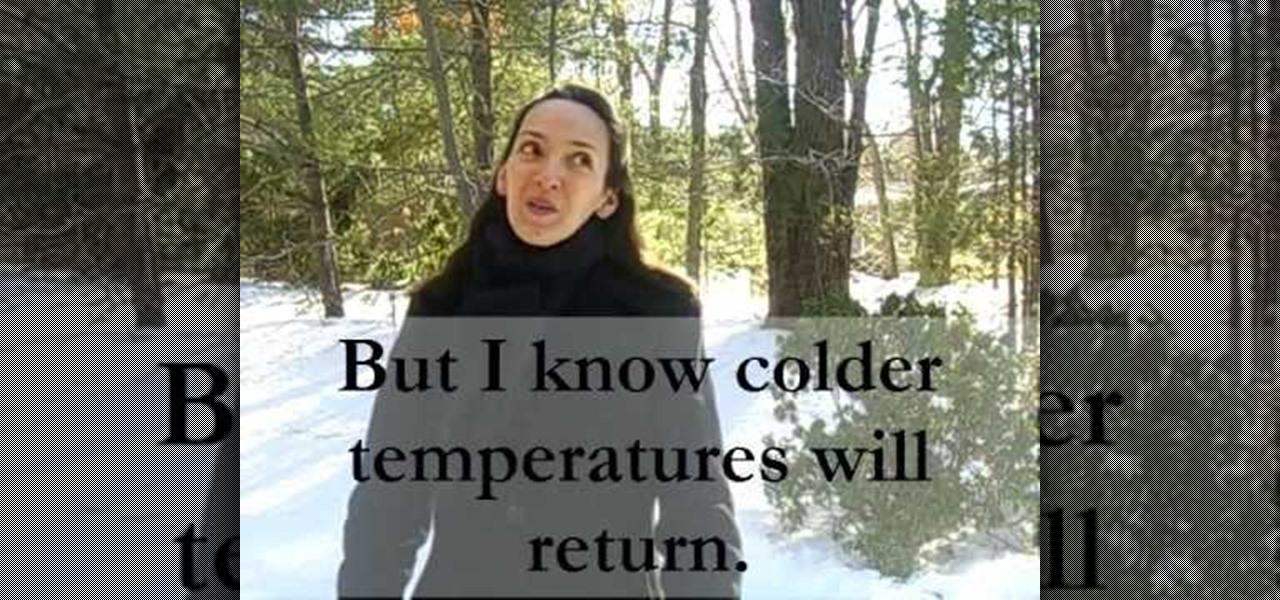
In this tutorial, we learn how to speak English using the true "t" and the flap "t". You will notice as you say different words in English that have the letter "T" that it sounds differently depending on the word it is in. The words "batter" and "latter" have a different sound to them than "hearty" and "thirty". Look at two words with the letters in them and find which one has the flap T in it. Say these words out loud so you can better hear what the different in the pronunciation is. This le...
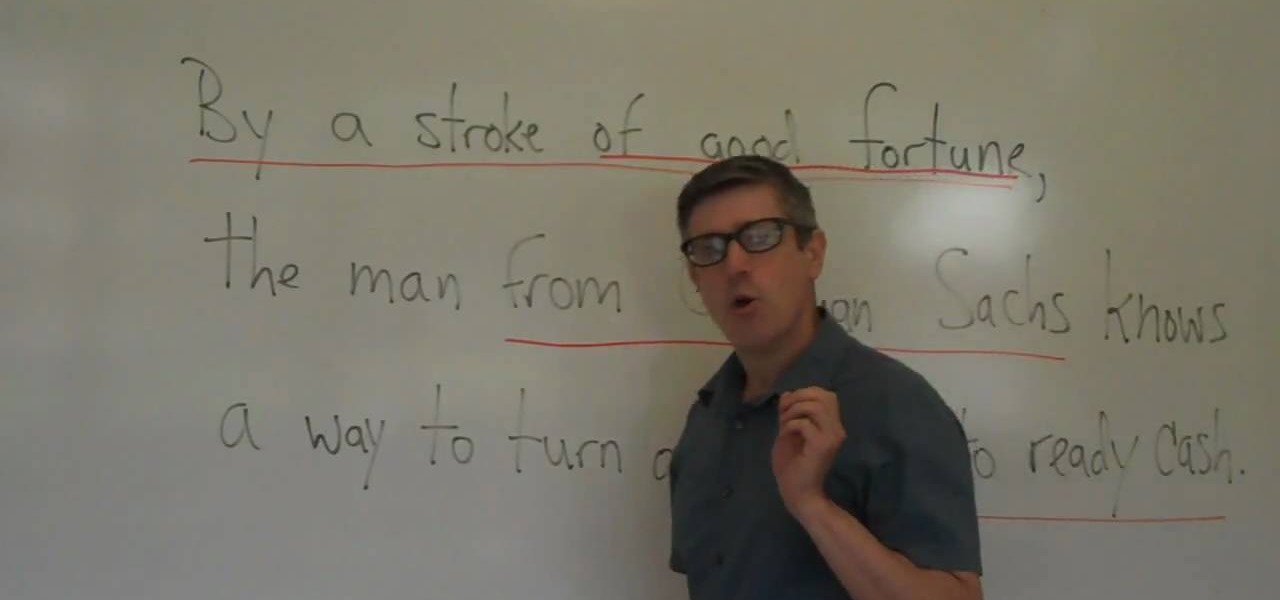
It's time for another great grammar lesson with the Grammarian, Yossarian! In this tutorial, you'll actually be attempting to test your abilities and have to parse a sentence.